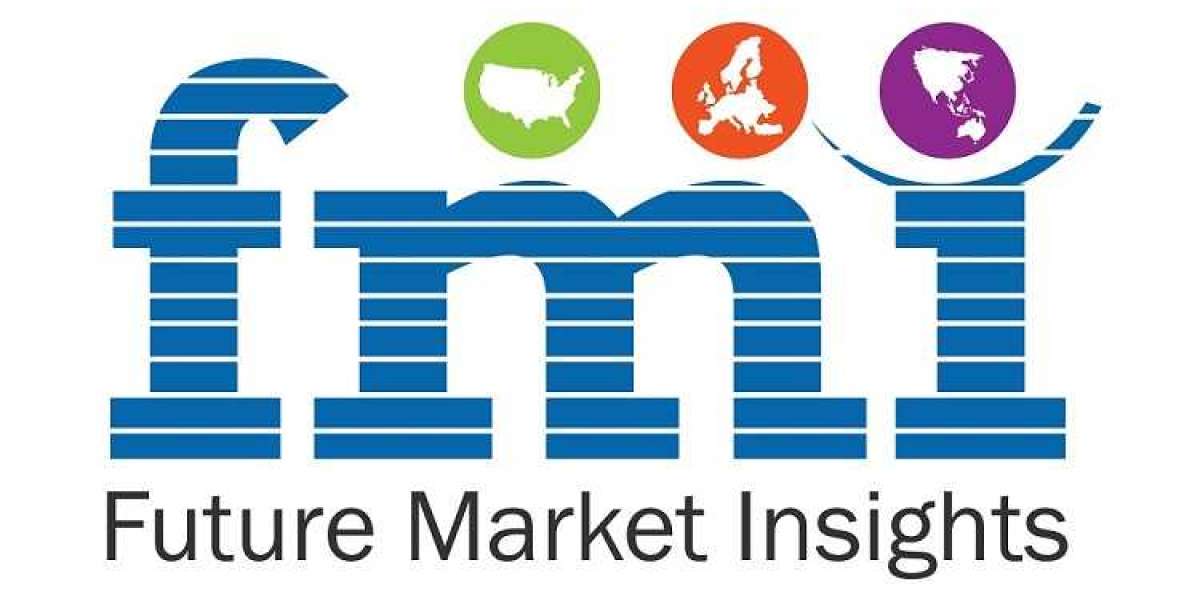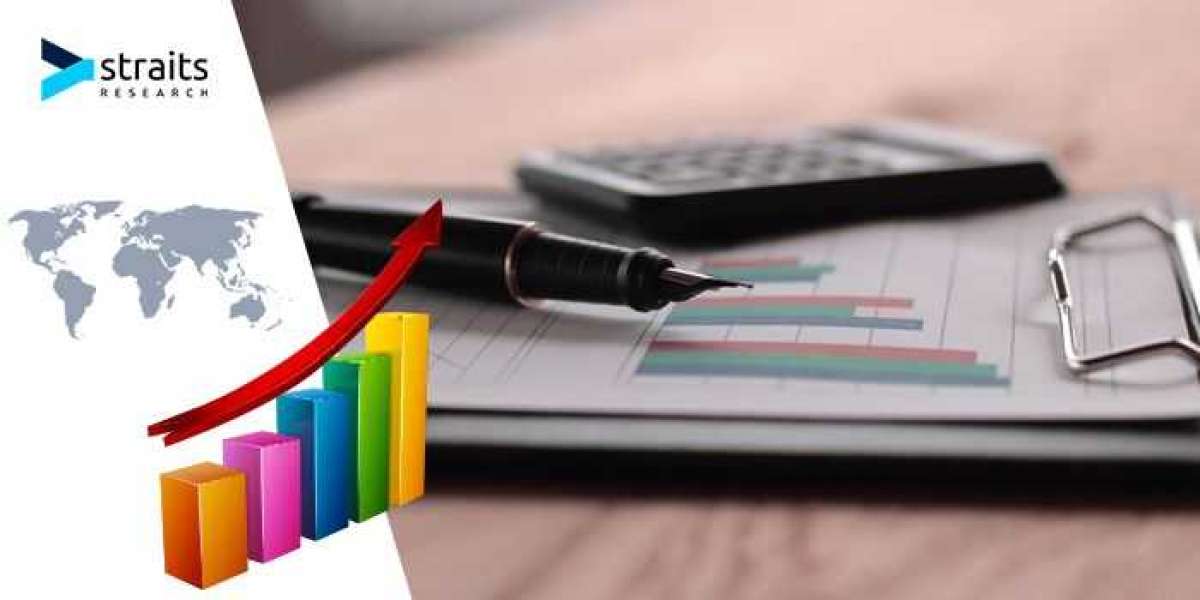The global Pharmaceutical Filtration Market was anticipated to create lucrative growth opportunities over the projection period by exhibiting a phenomenal CAGR of 8.7% from 2022 to 2032. The global market is expected to enjoy a valuation of US$ 17.8 Bn by the end of 2022 and reach a valuation of US$ 41.0 Bn by 2032. According to a recent study, the membrane filters segment by product is leading the market with a share of about 33.3% in 2021.
Optimized systems are vital to increasing the efficiency of the overall clarifying process. By dispersing particle loading throughout several phases, the overall efficiency and capacity of the process are improved. The microfiltration filters provide the clearest products because they function as a positive size exclusion barrier for particles larger than the membrane’s pore size.
The market value for pharmaceutical filtration was approximately 17.1% of the overall ~US$ 97.3 Bn global filtration separation market in 2021. The sales of pharmaceutical filters expanded at a CAGR of 7.2% from 2017 to 2021, owing to their increasing applications in the industrial biotechnology sector.
Get a Sample Copy of the Report: https://www.futuremarketinsights.com/reports/sample/rep-gb-5028
The pharmaceutical filtration process is known as a physical separation method, which comprises the ability to distinguish independent molecules of various sizes and characteristics. There are different types of materials utilized in order to build membranes. They are frequently referred to as thin-film composite membranes when used in reverse osmosis (RO). Based on the size of the material they are required to separate from the feed liquid, these filters are divided into, ultrafiltration, nanofiltration, microfiltration, and others.
The filtration process is known as a vital part of the biopharmaceutical manufacturing process and production. The clarifying process influences yield, product uniformity, and reproducibility. Microfiltration is an important and widely used method for removing entire cells, cell debris, and colloids from mammalian and bacterial fermentation broths. Furthermore, large molecule biopharmaceuticals have gained prominence over recent years attributed to their impressive medical potential. Membrane separation is known as an important technique in biopharmaceutical manufacturing and will help the growth of membrane separation product manufacturers.
Key Takeaways
- The surging growth of the pharmaceutical filtration market is attributed to the rising research and development activities by key market players over the projection period. This factor ranks among the top indicators used by biopharmaceutical companies to identify and develop novel drugs and medical interventions.
- According to the reports by an annual survey of members of PhMRA (a powerful industry lobbying group), biopharmaceutical companies reported spending around US$ 83.0 Billion on RD in 2019. Investments in biopharmaceutical innovation are driving contributions to the economies of various countries. The biopharmaceutical industry supports 4.7 million Jobs across the US, and over 800,000 employees are working daily to create new treatments and cures for patients.
- Furthermore, manufacturers are rapidly developing microfiltration units that comprise large filter cartridges despite the amalgamation of several small filtration units. The system would occupy a smaller area. This would reduce the number of connections with the filtration system and lower the maintenance cost.
- High demand persists for mechanically strong members that are able to efficiently tolerate chemical cleanings and still comprise good selectivity and permeability. Multidisciplinary improvements have resulted in the production of polymeric, inorganic, composite, and biomimetic membranes. During the foreseeable years, these factors are expected to provide lucrative growth opportunities in the pharmaceutical filtration market.
Competitive Landscape
According to Future Market Insights, the overall pharmaceutical filtration market is highly fragmented with several competitors within the production sphere. In order to meet consumer demand and expand their customer base, these companies are implementing methods such as mergers and acquisitions, partnerships and collaborations, and new product launches.
More Insights into the Pharmaceutical Filtration Market
The U.S. is expected to dominate the global pharmaceutical filtration market as it accounted for a 21.9% share of the global market in 2021. The growth of the U.S. market is attributed to the presence of large and leading pharmaceutical companies in the area. Furthermore, with RD and other production activities on the rise, the pharmaceutical sector undergoes rigorous overlooking from regulatory bodies governing the quality of pharmaceuticals produced. These factors promote the market for pharmaceutical filtration in the U.S.
Key Market Segments Covered in Pharmaceutical Filtration Industry Research
- By Product:
Membrane Filters
Prefilters and Depth Media Filters
Single-use Systems
Cartridge Capsule Filters
Filter Holders
Filtration Accessories
Other Products
- By Scale of Operation:
Manufacturing Scale
Pilot Scale
RD Scale Application
Final Product Processing
Raw Material Filtration
Cell Separation
Water Purification
Air Purification - By End User:
Microfiltration
Ultrafiltration
Nanofiltration
Other techniques








